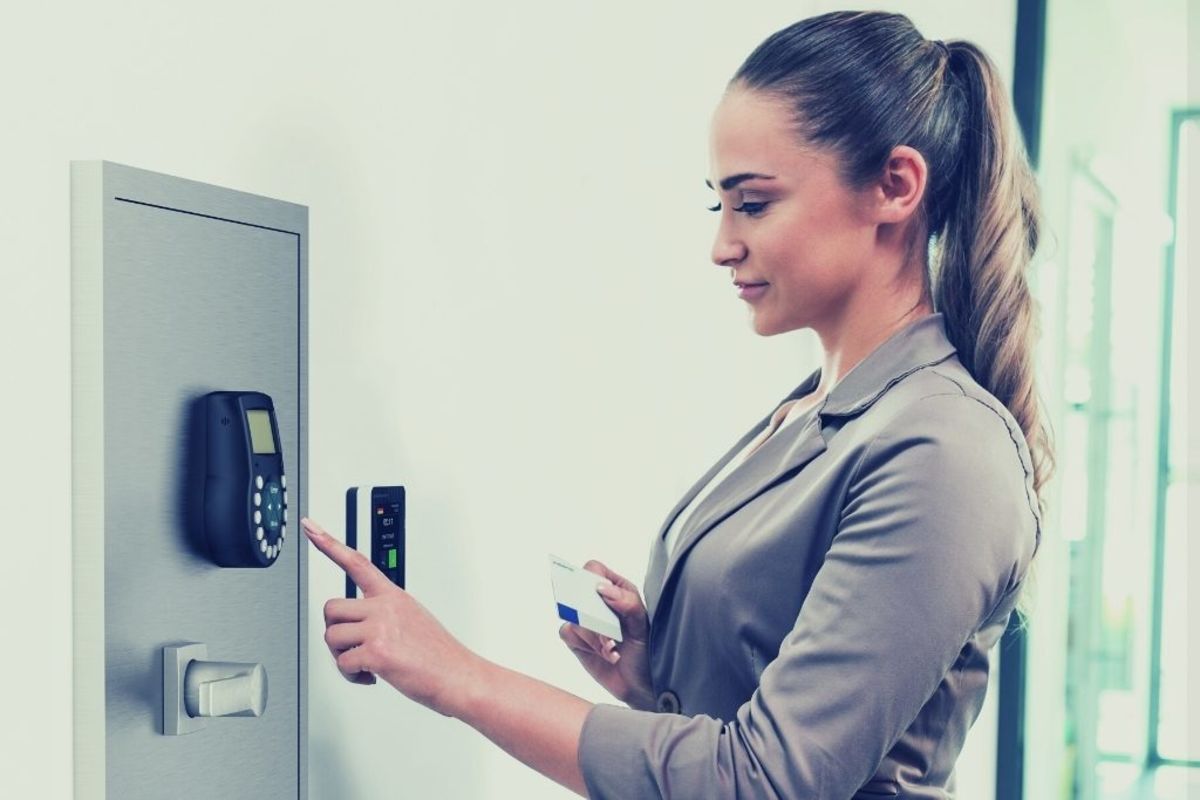
dormakaba Editorial Team

Tasharna Morgan-West
Tasharna is a Marketing and Communications Executive at Air Business Ltd. Up until 2021 she was Marketing Coordinator at dormakaba UK & Ireland. She managed Trade Events for the region, and worked closely with Product Marketing Managers and the Sales Teams, by assisting in the creation of marketing campaigns for Safe Locks, Industrial Locking Systems, and Mechanical Key Systems.
Related articles

Technology
Will Deepfake Threats Compromise Cybersecurity in 2025?

Society
Catastrophic Wildfires: Can Technology Anticipate and Prevent Them?
When a natural disaster occurs, the recurring question is: "Could it have been avoided?" Technology plays a crucial role in our response.

Security
Cybersecurity in Manufacturing: Why Every Industry Is Now a Target